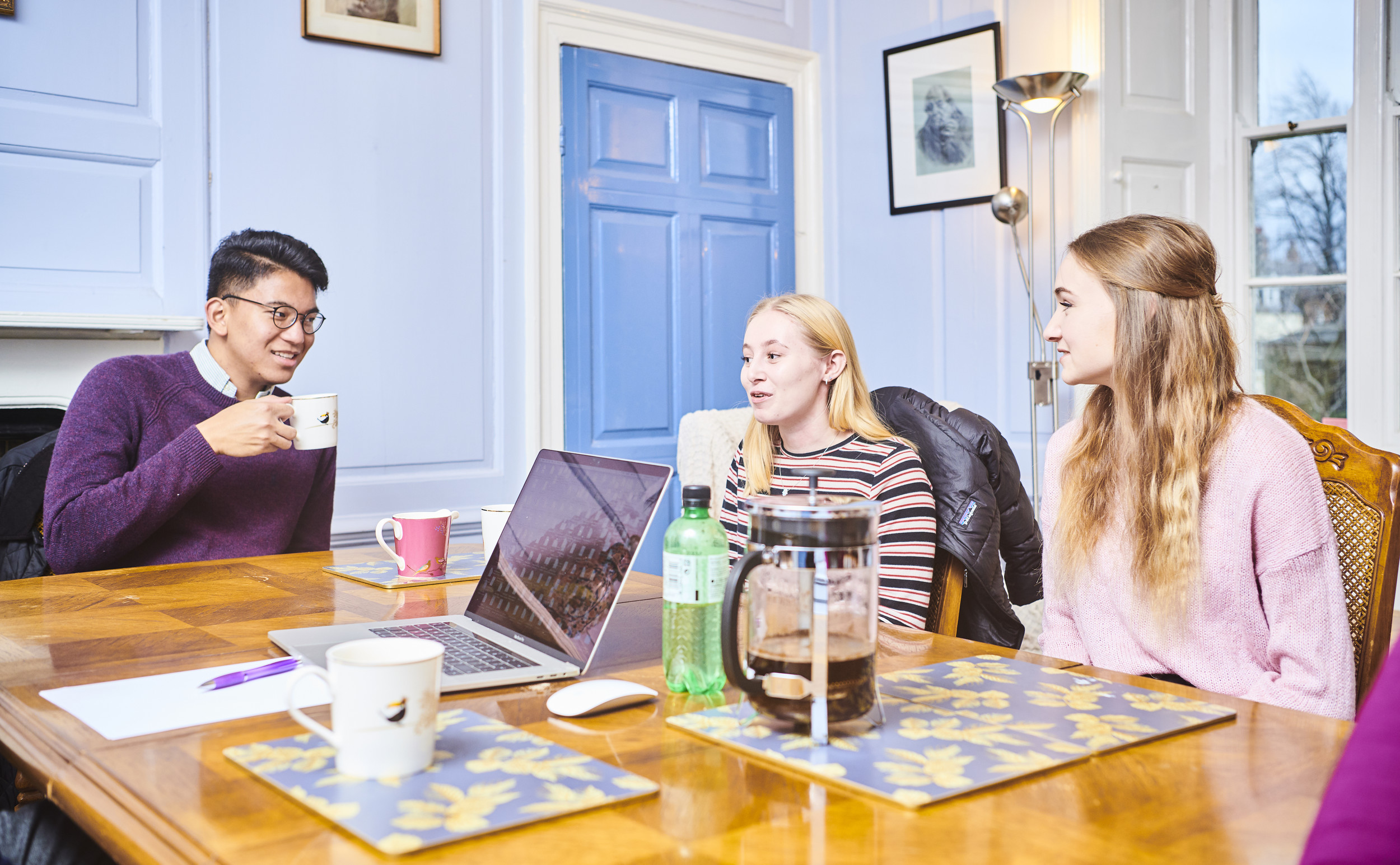Racial inequality and COVID-19: Why things can't go back to normal after the coronavirus

by Didier Muller, third year undergraduate at Durham University
One day we will wake up to the news that there are no new cases of COVID-19. The British Prime Minister will take to the podium outside Number 10; he will announce an end to the lingering threat of new lockdowns and lift social distancing measures. This is the day we imagine, somewhere in our future, when life will seemingly go back to normal. But will we be happy with normal? Will we celebrate it, knowing what it’s taken to get us there? And after witnessing everything that COVID-19 has laid bare, will we just bury our heads in the sand and hope it was all a bad dream? If anything, the pandemic has shown that things cannot and should not go back to the way they were.
In recent weeks a report was published by Public Health England which examined the disproportionate impact of COVID-19. Its findings confirm major inequalities; specifically, in relation to Black and ethnic minorities, who are at a higher risk of diagnosis and are more likely to die from COVID-19 when compared to white ethnic groups. Whilst the report offers no conclusive reason as to why this might be, its findings suggest that COVID-19 has “replicated existing health inequalities and, in some cases, increased them”.[1] So, contrary to what we are being told, we are not all in this together. The cost of the pandemic, and the cost of returning to how things have been, is unequal. The burden is greater for some communities than others.
Getting back to normal is not what everyone wants. Following the murder of George Floyd, protesters from across the globe have taken to the streets demanding justice. In the UK, thousands marched through the capital in solidarity with the Black Lives Matter protests in Minneapolis. It was a reminder that racism is not just an American problem. It is a British problem too. And as these protests continue, there is an overwhelming sense of hope that things won’t continue to be the same. That life won’t go back to the way it was before COVID-19.
The question then arises, what does the alternative look like? Unfortunately, this isn’t clear for several reasons, one being imagination. As Tolstoy suggests, this is something we lack when it comes to finding alternatives. We are prone to falling back on what is familiar and what we consider normal. We are less likely to embrace the unknown, even when we are faced with the evils we have witnessed over the course of the coronavirus pandemic. But as we have learnt both from the Black Lives Matter movement and from COVID-19, there is a human cost for inactivity.
So how do we overcome this? Well, there are already some early signs that suggest our imagination is changing. For the first time in history, two Black British women are at the top of the UK’s fiction and nonfiction paperback charts. In a field which has traditionally celebrated white voices, the respective works of Bernadine Evaristo and Reni Eddo-Lodge invite honest conversations about the world we live in. As we are confronted with images of police brutality and racial inequality, we as readers and as thinkers are turning to voices which have been shut out of these conversations for so long. There does seem to be evidence that we desire to fundamentally change the way we think. If we can continue this, there is a chance we can break away from the imaginative cycle Tolstoy warns us about.
It is the human cost that tells us that things cannot go back to the way they were. The coronavirus pandemic is yet another example of where we have failed to protect those most vulnerable, and enable the survival and flourishing of all. That is why, as we consider a future free from COVID-19, we need to embrace all possibilities. Just as scientists begin to consider new ways to prepare for the next global virus, we all need to draw up plans for a world better than the one we left behind.


/prod01/prodbucket01/media/durham-university/departments-/theology-amp-religion/21213-1.jpg)